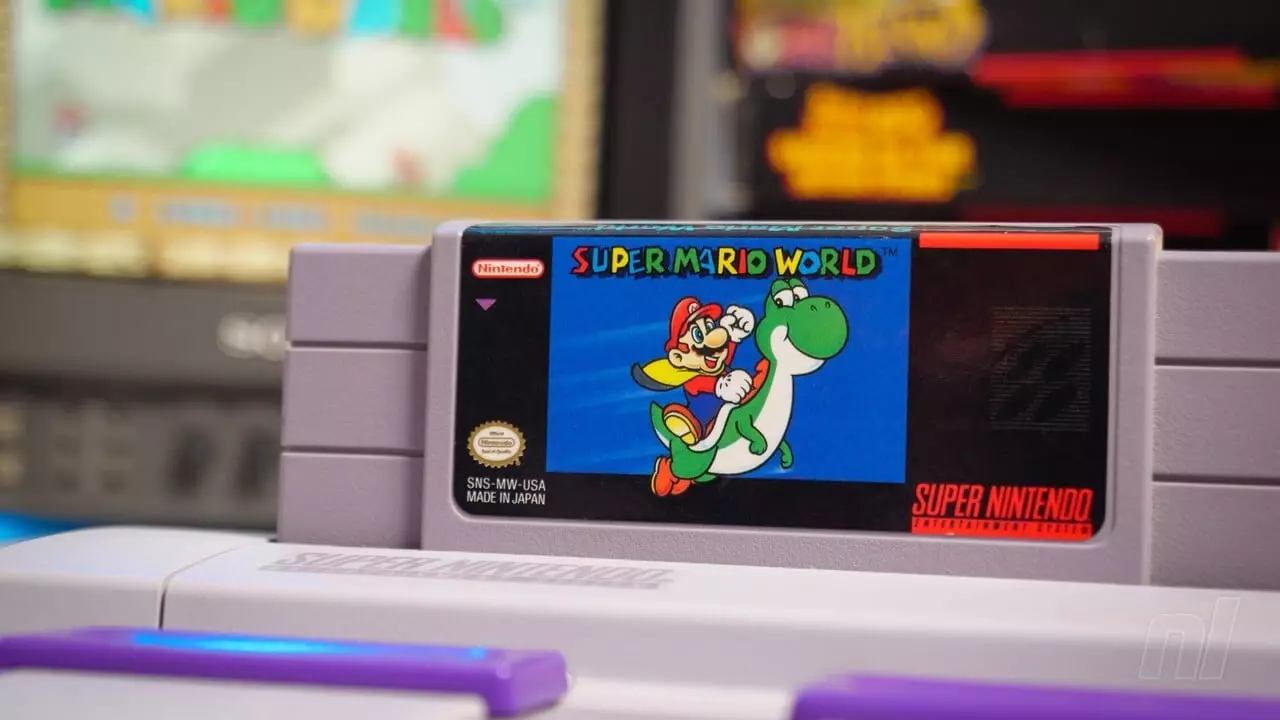Nintendo has officially unveiled a museum in Japan, celebrating its storied history and iconic titles that have defined the video game landscape for decades. The creation of this museum is more than just a nostalgic trip down memory lane for die-hard fans; it also showcases the company’s evolution in gaming technology. However, what should be a straightforward celebration has generated considerable chatter, particularly regarding how these classic games are displayed.
Rumors have emerged suggesting that Nintendo may be utilizing emulation techniques on Windows PC to power the museum’s displays. A video shared by an online user named ‘ChrisMack32’ caught the attention of many, revealing a Super Nintendo controller being unplugged during a game session of Super Mario World, accompanied by the unmistakable USB disconnection sound that Windows makes. This incident raises eyebrows and ignites discussions about the implications of employing emulation in a setting devoted to honoring their own legacy.
Given that Nintendo has historically taken legal action against emulator developers and sites hosting ROMs, this situation is fraught with irony. The company has long expressed concerns that emulation can “stifle innovation” by dampening the commercial viability of their franchises. Hence, the use of emulation technology, especially in a self-promotional environment like a museum, feels contradictory to their established stance.
Responses on social media have been mixed, with some fans expressing disappointment while others speculate that Nintendo might be using an in-house emulator or even open-source emulation software. The possible use of emulation may indicate that the company values accessibility and ease of use over strict adherence to original hardware. For many visitors who want to relive the nostalgia of games like Super Mario World, the emulation of these titles could enhance their experiences, as it allows for a smoother gameplay experience without the hassle of maintaining aging hardware.
However, it also underscores a larger conversation about the preservation of video game history and inevitably raises questions about what this means for the future of gaming. If a corporate giant like Nintendo, known for their stringent policies, is resorting to methods they once criticized, what does this indicate about the ongoing evolution of game access?
Interestingly, while the museum’s recreation of classic games sparks debate, Nintendo continues to monetize nostalgia through its Switch Online subscription service. By requiring players to subscribe to access a library of retro games from its various consoles—including the Super Nintendo, Nintendo 64, and more—Nintendo remains engaged with a dual approach to vintage gaming. It harnesses commercial value while also providing a form of historical preservation.
The opening of Nintendo’s museum in Japan, while a commendable step in honoring its legacy, has opened a Pandora’s box of discussions around emulation, access, and historical fidelity in the gaming industry. Ultimately, this dual-edged sword of nostalgia and innovation leaves fans contemplative about the future of gaming, ushering in an era where lines between homage and commercial viability often blur.


Leave a Reply